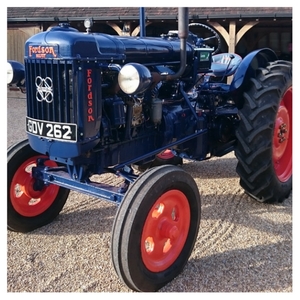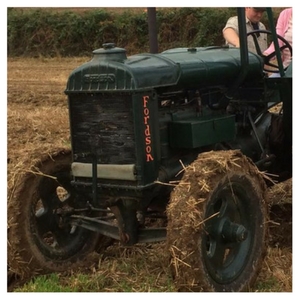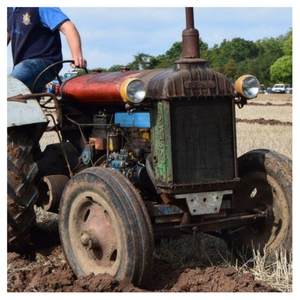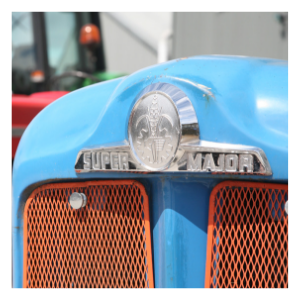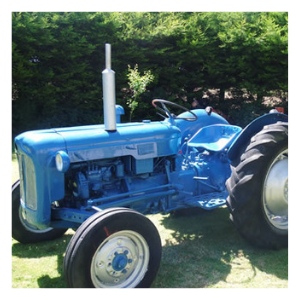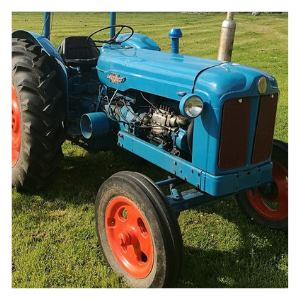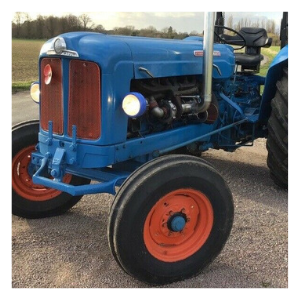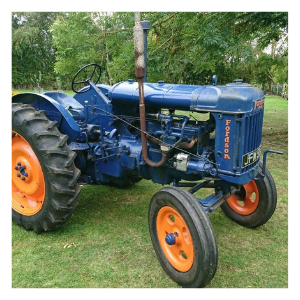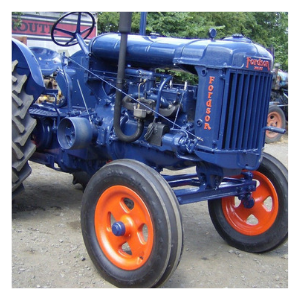
FORDSON TRACTORS - A HISTORY
The Forson Dexta, Major, Super Dexta and Super Major models were popular tractors of their era and retain their appeal to this day. The origins of the Fordson range began in the late 19th century. Henry Ford grew up in an extended family of farmers. At the time, farm work was labour intensive, it became one of Ford’s ambitions to "lift the burden of farming from flesh and blood’. He began to build experimental tractors from automobile components. In 1903 he founded the Ford Motor Company and by 1907 developed the "Automobile Plow”.
Shop for Fordson parts here>
By the early 1910s, North America and Europe were in need of small, inexpensive tractors –Ford’s Model T became instantly successful with a reliable design at an affordable price. A group of entrepreneurs recognised the success Ford was developing and in an attempt to appropriate the goodwill of the Ford name they set up ‘The Ford Tractor Company’, paying a company clerk for the use of his name. However instead of a long drawn out legal battle, Ford chose to use another brand name for his range manufactured by Henry Ford & Son: Fordson.
The Fordson was not revolutionary, but was the first tractor that combined a small size, lightweight and manoeuvrable frame with affordability. These factors made it possible for the average farmer to own a tractor for the first time. The Fordson tractor went into mass production in 1917. The Fordson was the first tractor that succeeded in being cheaper to maintain than horses.
By 1917 World War I was raging in Europe. The first Henry Ford & Son tractors were exported to the U.K. to help expand British agriculture in the battle to feed Britain. Fordson production occurred in the U.S. (1917–1928); Cork, Ireland (1919–1923 and 1928–1933); and at Dagenham, Essex, England (1933–1964).
Ford resigned from Ford Motor Company in 1919 after a power struggle with the major shareholders he decided to put all his efforts Henry Ford & Son Inc and developed an entirely new range of cars, trucks, and tractors in order to devalue the Ford Motor Company. He succeeded and bought out all the minority shareholders of Ford Motor Company then merged the two companies in 1920.
The Depression of the 1920’s combined with the competition from International Harvester, John Deere, J.I. Case, and Allis-Chalmers resulted in a decline in sales for Ford. In an attempt to win back sales Henry Ford chose to reduce the price of the Model F sparking a price war in the tractor industry known as the "tractor wars". In order to compete Ford had to cut production costs and strive for high volume.
The low cost of the tractor and mass production capabilities meant that one of the biggest importers of the Fordson was the Soviet Union with over 250,000 arriving between 1920 - 1927. They were so popular that they were often seen on Soviet posters and paintings during the era.
Buy Fordson Parts>> Fordson Tractor Serial Numbers>> Fordson Steering Repair Article>> Servicing A Fordson >>

